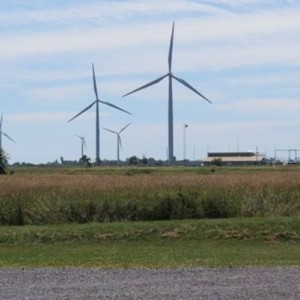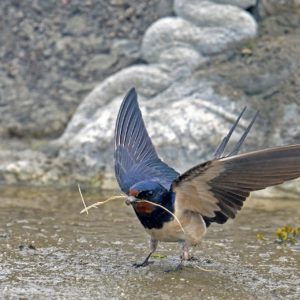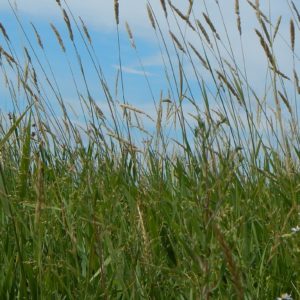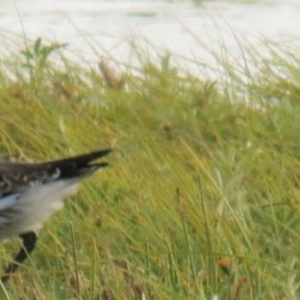A partial victory for Nature and the Prince Edward County South Shore IBA

Ted Cheskey
Senior Conservation Manager – Bird Conservation, Education & Networks
On February 26, the Environmental Review Tribunal ruled on the challenge of the Alliance to Protect Prince Edward County (APPEC) to the Renewable Energy Permit issued to White Pines Wind Inc. The Tribunal accepted APPEC’s arguments that the project, with its 27 industrial wind turbines along Lake Ontario, would cause serious and irreversible harm to Blanding’s Turtle and Little Brown Bat populations. The Tribunal also recognized that the project “presents a significant risk of serious harm to migrating birds” and that “clearly the Project site is poorly chosen from a migratory bird perspective.” However, the Tribunal determined that the project would not cause serious and irreversible harm to bird populations.
Nature Canada applauds APPEC, and the Prince Edward County Field Naturalists in particular, for leading the charge to protect the shores and offshore waters of the globally significant Prince Edward County South Shore Important Bird and Biodiversity Area (IBA). The IBA is of great significance to many different groups of species including waterfowl offshore, migratory birds that use the entire south shore as stopover habitat and species at risk including Whippoorwill, Bobolink, Eastern Meadowlark and Golden Eagle.

Wind Turbines on Wolfe Island. Photo by Ted Cheskey
However, the Tribunal ruled in favour of the Permit Holder in deciding that the impact on these species would likely be insignificant and could easily be offset by compensatory habitat and mitigation. With regard to Whippoorwill, a nocturnal aerial insectivore that has lost over 75% of its population in Canada since 1970, it is most unfortunate that the Tribunal did not take a precautionary approach in its decision, as the Tribunal did recognize that there is an evidence gap as to whether the compensatory habitat would be of any value for Whippoorwill. Instead, the Tribunal seemed to base its decision on the fact that Whippoorwill has not been reported as a collision casualty with wind turbines ever in Canada. The Tribunal appears to have put less weight on the fact that the industrialization of the area could render it unsuitable for the species. The area of the undertaking for this project has a strong breeding population of Whippoorwill, which is isolated from other regional breeding populations on the Canadian Shield north of Belleville.
The Tribunal also accepted the argument of the Permit Holder’s experts that risk to migratory birds could be mitigated and did not pose a serious threat, despite its acknowledgement, as previously noted, that “the Project site is poorly chosen from a migratory bird perspective.”
The Tribunal decision and its earlier decision on the Ostrander project now stand as regrettable precedents for the proposition that wind projects do not cause serious and irreversible harm to migratory bird populations or avian species at risk. Countering the professional consultants engaged by the wind energy industry is clearly a challenge to the local groups such as APPEC who lack the proponent’s financial resources. This makes it all the more impressive that the APPEC did convince the Tribunal that the project would cause serious and irreversible impacts to the Blanding’s Turtle and Little Brown Bat.



